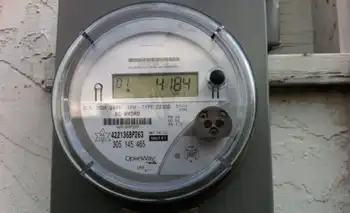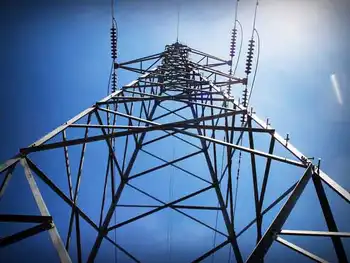Wind power in Ontario generates new record
Wind output from Ontario's commercial wind farms was 2.3 terawatt hours (TWh) in 2009, equivalent to the consumption of the City of Oshawa for two full years. At the same time, output from Ontario's coal-fired plants dropped to 9.8 TWh, down dramatically from 23.2 TWh in 2008, and the lowest output in 45 years.
"Ontario's supply mix is evolving," said Paul Murphy, President and CEO of the IESO. "We are making considerable progress in our efforts to integrate energy from cleaner fuel sources."
Demand for electricity in Ontario declined in 2009 as a result of the economic recession, conservation efforts and mild weather. Down 6.1 per cent over 2008, demand reached just 139 TWh, its lowest level since 1997. Peak hourly demand rose slightly in 2009 to 24,380 MW, up 185 MW from 2008 but well off the all-time peak demand of 27,005 MW set in 2006.
Although overall output was down across all fuel types, nuclear and hydroelectric production remained fairly stable. Nuclear generation produced 82.5 TWh of energy in 2009, down 1.9 TWh from 2008, while hydroelectric generation produced 38.1 TWh, a drop of 0.2 TWh from the previous year.
As percentages of total output in 2009, nuclear generation represented 55.2 per cent, hydroelectric generation totaled 25.5 per cent, natural gas came in at 10.3 per cent, coal-fired generation was just 6.6 per cent, wind reached 1.6 per cent, and other fuel types (biomass, solar etc.) contributed 0.8 per cent.
The cost of electricity produced in 2009 was 6.22 cents per kilowatt hour (kWh) which includes the average weighted wholesale market price of 3.16 cents/kWh and the average Global Adjustment of 3.06 cents/kWh. In 2008, by comparison, the cost of electricity was 5.8 cents/kWh, which represents a market price of 5.2 cents/kWh and a Global Adjustment of 0.6 cents/kWh.
Ontario's electricity imports dropped to 4.8 TWh while exports declined to 15.1 TWh.
Related News

Basin Electric and Clenera Renewable Energy Announce Power Purchase Agreement for Montana Solar Project
MONTANA - A new solar project in Montana will provide another 150 megawatts (MW) of affordable, renewable power to Basin Electric customers.
Basin Electric Power Cooperative (Basin Electric) and Clenera Renewable Energy, announced today the execution of a Power Purchase Agreement (PPA) for the Cabin Creek Solar Project. Cabin Creek is Basin Electric's second solar PPA, and the result of the cooperative's continuing goal of providing a diverse mix of cost-effective energy for its members.
When completed, Cabin Creek will consist of two, 75-MW projects in southeastern Montana, five miles west of Baker. According to Clenera, the project will eliminate 265,000 tons…




